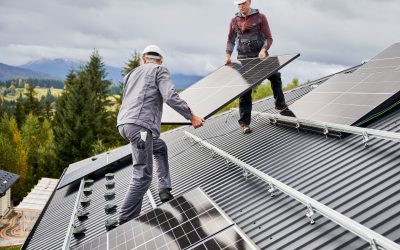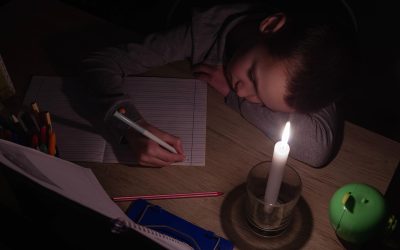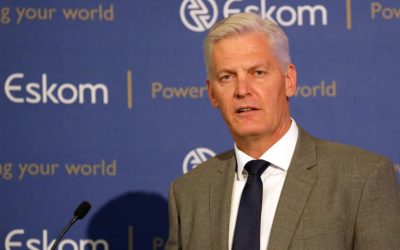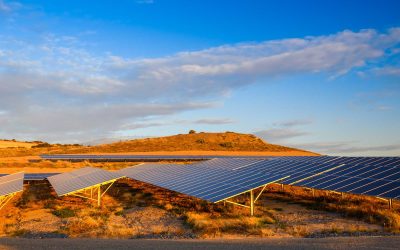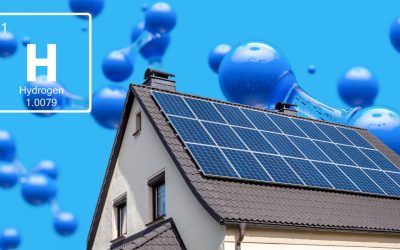Fortune reports that French electricity prices turned negative last week due to a combination of reduced demand and increased renewable energy output. It appears that France had so much power available from renewables that generators were paying people to use the electricity.
The excess renewable energy led to several nuclear reactors shutting down. The article says that this is happening more and more often, particularly on weekends.
We often hear that we need an energy mix which should include baseload power like nuclear as well as renewable energy. This situation in France demonstrates the incompatibility between renewable energy and nuclear power.
In South Africa, we have an abundance of sunlight and wind. It makes a lot of sense to capitalize on these resources by building solar farms and wind farms. It will provide the cheapest power in abundance. But solar and wind are variable forms of electricity generation. So we need to have complementary forms of generation that can provide power during times of low sun and low wind.
It cannot be nuclear though. Nuclear power plants take too long to shut down and power up again. They cannot follow the minute-by-minute changes in the weather. Also, it’s very expensive for a nuclear plant to sit idle. Every hour of downtime is lost production and a prolonged return on investment on the plant. This is what is happening in France.
Instead, we need to use flexible generation to complement solar and wind. This could take the form of gas turbines powered by renewable fuel. Gas turbines are relatively inexpensive to build (compared to nuclear plants). The fuel cost is high though. But, this works out because you don’t lose out when the turbine sits idle. Capital cost is recouped fairly quickly and, for the remaining life of the plant, the main cost is fuel.
Flexible generation could also take the form of battery storage or hydrogen, which are becoming increasingly cost-effective. Excess renewable energy can be stored in batteries or as hydrogen for use when there is low sun and low wind.





